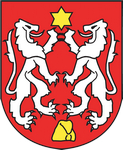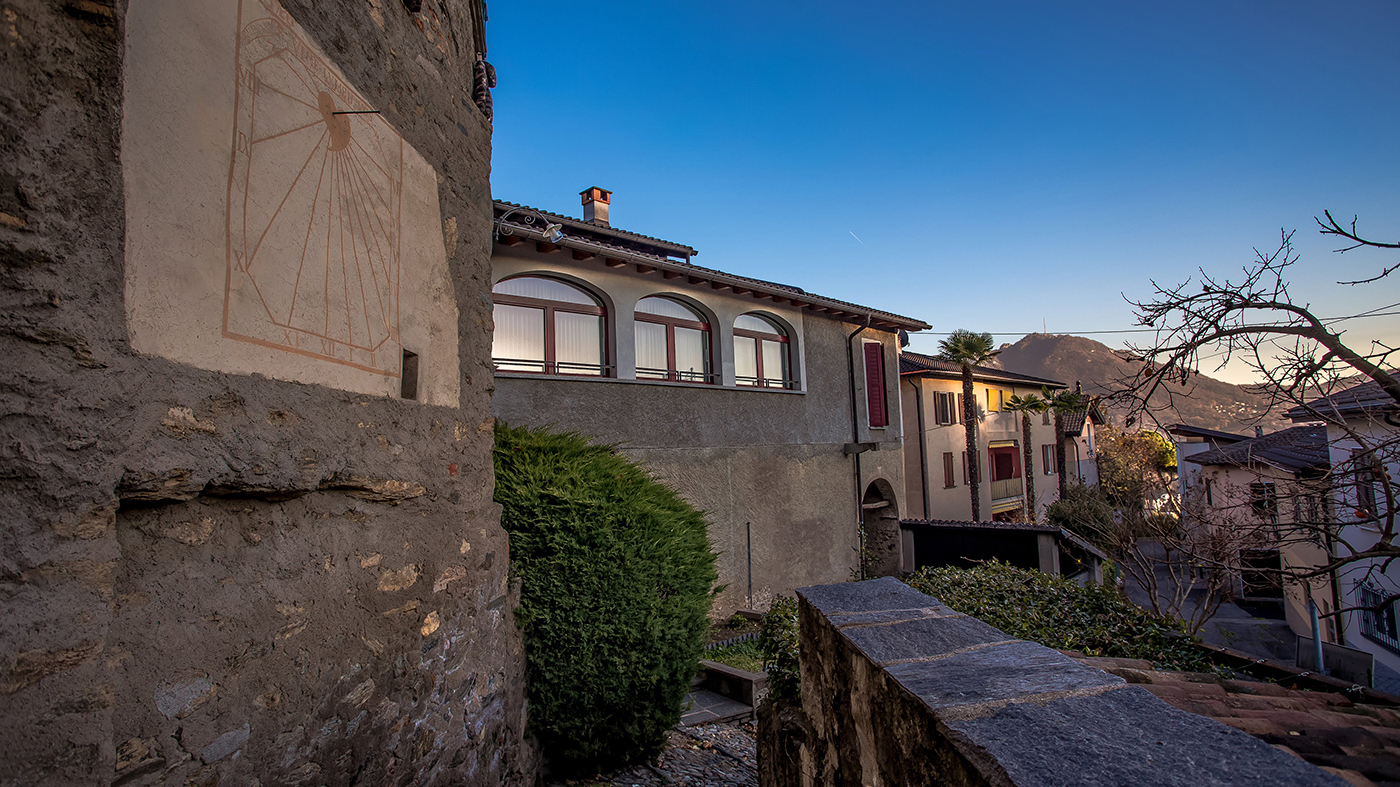History
For centuries, the main activities of the district (which joined Lugano in 2004) were tied to agriculture. Before urban settlements, the village hill was covered with vineyards, and much of today’s forests were grazing areas.
In the 19th century, silkworm farming played a crucial economic role, so much so that in 1890 the Breganzona area counted as many as 1,500 mulberry trees (today, only about thirty remain), which are a favorite of silkworms. Thanks to this activity and the relative economic improvement, the community recovered after very hard times. Until the late 18th century, Breganzona, like the rest of the region, lived under the shadow of the plague and frequent agricultural crises, driving many residents to emigrate to Russia, Latin America, northern Italy, and German-speaking Switzerland. The situation became particularly dramatic in the early 19th century due to cholera (the façade of the church of San Sebastiano, depicting San Rocco, bears witness to this tragic period).
In addition to epidemics that decimated the population, Ticino also suffered from adverse weather conditions, with disastrous effects on agriculture and grain prices. Pietro Polar (1773-1845), a Breganzona resident who served as a deputy to the Grand Council, a State Councilor, and an appellate judge, brought wheat from Russia, earning himself a commemorative epitaph: "Pietro Polar, whom his homeland counted among its benefactors when, languishing with hunger, he magnanimously provided food in the mournful year of 1817."
For a long time, the population remained quite small; in 1800, it was fewer than 400 inhabitants, rising to 883 in 150 years.
In 1925, Breganzona merged with Biogno, with which it already shared the parish church of San Quirico and the cemetery, thus extending its borders to Muzzano.
By 1970, the population of Breganzona had reached 2,800, and by 1991, it had grown to 5,000. Alongside demographic growth, a school center and a sports center were built, communication routes were improved, and various infrastructures, including sewage systems, were enhanced.
The coat of arms

The Armoriale dei Comuni ticinesi by Gastone Cambin, published in 1953 by the Istituto Araldico e Genealogico di Lugano, described the coat of arms of Breganzona as follows: "Gules, two counter-rampant lions argent, accompanied in chief by a star and in base by a hat with a tassel, all or." The coat of arms recalls elements from the coats of arms of the four oldest families of Breganzona. The lions represent the Leoni and Somazzi families, the star symbolizes the Polar family, and the hat represents the Bonoli family.

The English version of this page was created with the aid of automatic translation tools and may contain errors and omissions.
The original version is the page in Italian.